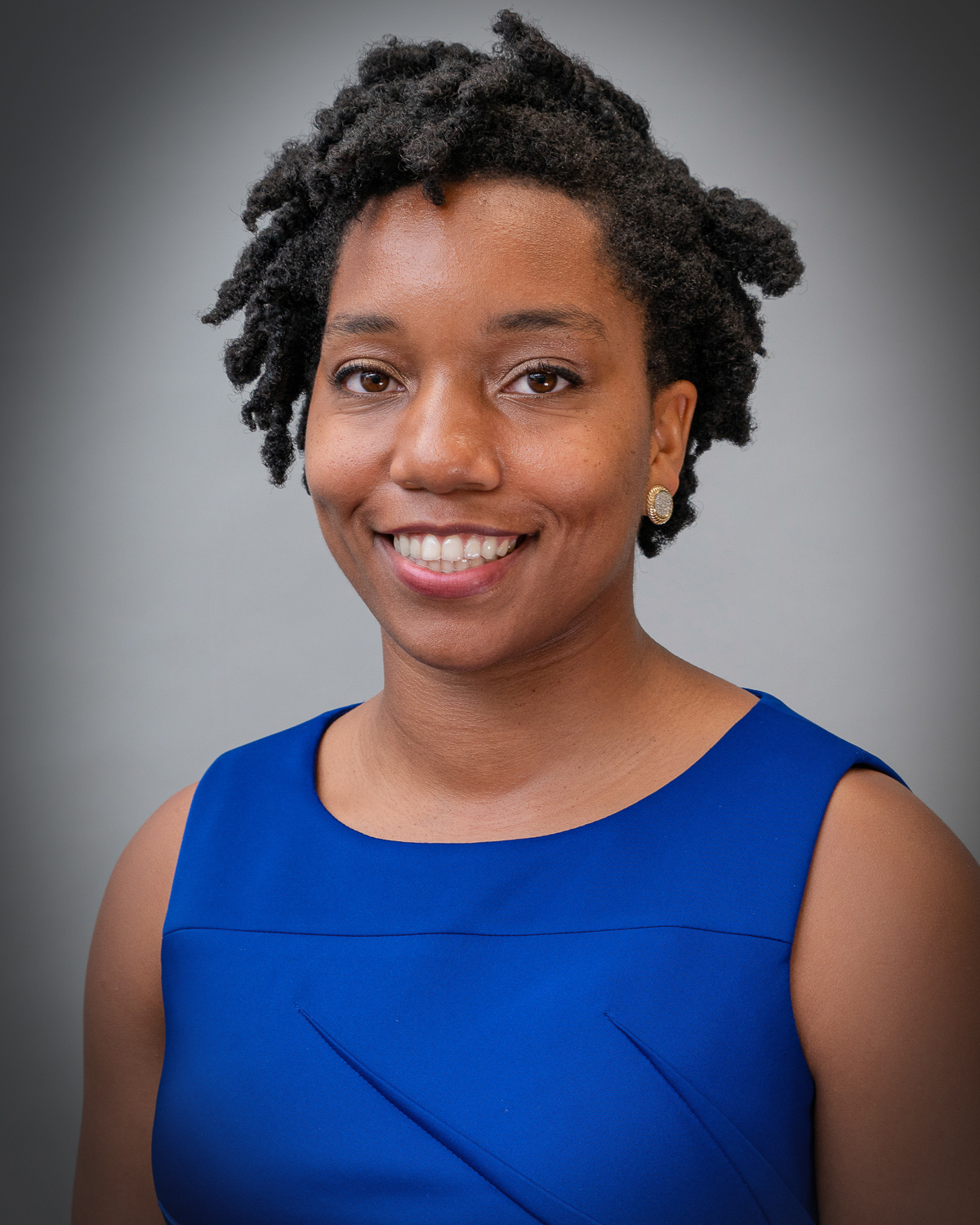Electricity For All
Organizations like the World Bank imply that equality is an important aspect of their goals for expanding electricity access in developing countries. Yet few studies have actually addressed how to ensure equality in developing areas like sub-Saharan Africa, and many have even used methods that further inequality. Destenie Nock has led the first study to “explicitly integrate a stakeholder’s preference towards equality into an electricity planning problem.”
Most research to date has taken a least-cost perspective when considering economic criteria, meaning they estimate future electricity demand and attempt to minimize the cost necessary to meet it. Since it is difficult to project the future electricity demands of those who currently have little or none, this estimation disproportionately favors urban areas—which creates the appearance of higher demand, which further perpetuates a cycle of unequal investment.
Nock chose instead to use an opportunity-focused model that recognizes that people’s demand for electricity often rises as supply grows and new opportunities emerge. This model also accounts for load shedding, often in the form of planned blackouts that frequently occur in developing countries.
“I am interested in incorporating more voices and objectives into electricity planning,” said Nock, an assistant professor of Engineering and Public Policy and Civil and Enviromental Engineering. “Traditional models are focused on developing low cost systems, which is very important, but there are many more objectives—like equity, climate mitigation, and justice—that should be incorporated into energy systems planning.”
Nock and her co-authors noted that the most effective technology for supplying a region differs, depending on its current energy infrastructure. Though connection to a centralized electrical grid is often preferred, research shows that decentralized systems are more economically viable in regions without an existing power system infrastructure.
“Traditional models are focused on developing low cost systems, which is very important, but there are many more objectives—like equity, climate mitigation, and justice—that should be incorporated into energy systems planning.”
Nock’s team created a methodology for finding the optimal expansion of a power system that maximizes social benefit within a constrained budget. They chose the West African country of Liberia as an example study. Years of civil war have caused extensive damage to the country’s energy infrastructure, and the only major power generation facilities remaining after the conflict’s end are centered around the urban capital of Monrovia.
The researchers calculations emphasized providing the greatest number of individuals access to electricity under different budget constraints, rather than simply meeting an assumed demand at the least cost. While the latter might lead to higher overall consumption, they found that countries that place a higher emphasis on equality can see a 72-87 percent increase in energy accessibility, depending on their budgets. Greater investment in transmission infrastructure leads to higher electrification rates overall.
The researchers also found that while decentralized systems may be more economically viable in unsupplied regions, they can actually discourage equality, especially at low budgets due to scalability issues. They showed that investing in low-cost decentralized systems like solar discourages investment in transmission infrastructure, decreasing electricity access overall. Through their methodology, Nock and her team demonstrate that investment in an interconnected power system is key for equitable electrification planning in developing countries.
Their opportunity-focused approach eliminates the urban bias of prior least-cost approaches and is widely applicable in countries with little to no electricity access like Malawi, Sierra Leone, Burundi, and Burkina Faso, or in disaster-affected nations like Puerto Rico.
Nock’s broader research interests revolve around systems modeling, the food-energy nexus, and energy justice. She plans to continue adding new measures to improve the model and include a larger scope of stakeholder preferences.
“I am hoping to continue this research to incorporate other preferences and electricity planning goals, including emissions, and climate mitigation planning,” said Nock. “There are many different preferences stakeholders have regarding electricity, equity, and sustainability goals, which I feel are not currently incorporated in energy optimization models.”
